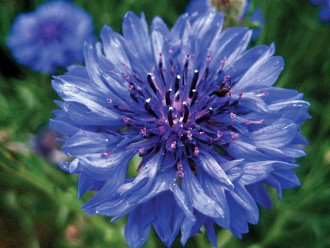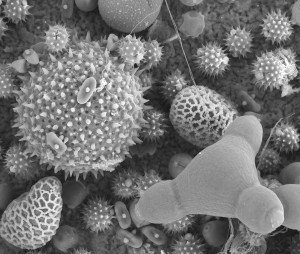
Cornflowers, Star Thistle and Related Bee Plants
by Connie Krochmal The centaureas are reliable, long-blooming, sturdy, easy to grow plants. The group includes native, naturalized, and cultivated species. These are valuable…
Read More
by Connie Krochmal The centaureas are reliable, long-blooming, sturdy, easy to grow plants. The group includes native, naturalized, and cultivated species. These are valuable…
Read MoreHoney Bee Health Coalition Multiple Factors Influence Honey Bee Health Multiple factors impact honey bee health; these include bee pests and pathogens, forage and…
Read More
Pollinator Habitat Is Disappearing At Rates Usually Reserved For Descriptions Of Amazon Rain Deforestation Michele Colopy Pollinator Stewardship Council If we are to address…
Read MoreBiology, mentors, veterans, bees and honey by Jack Blackford When stepping into the cavernous beekeeping workshop of Ed Forney you must be prepared for…
Read More
It’s important to know what blooms when and where by Denise Ellsworth Spring can be slow to arrive to Ohio. Here in the Buckeye…
Read MoreWE WORK TO PROTECT YOUR HONEY BEES A wrap-up of the past year. by Michele Colopy This past year has been busy for the…
Read More
by Ian Stell Bees get their key nutrients from pollen. There is a lot of nourishment within these woody particles, but they are hard…
Read More